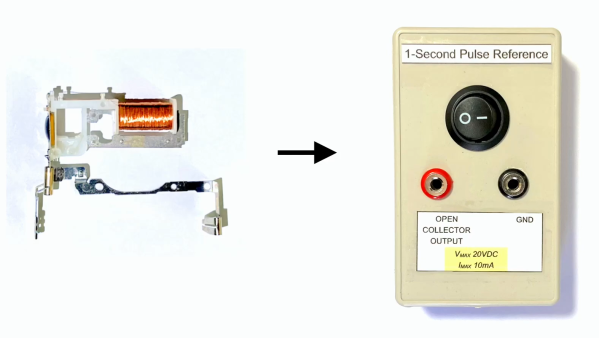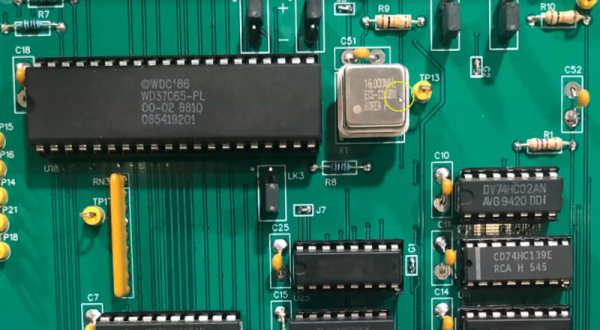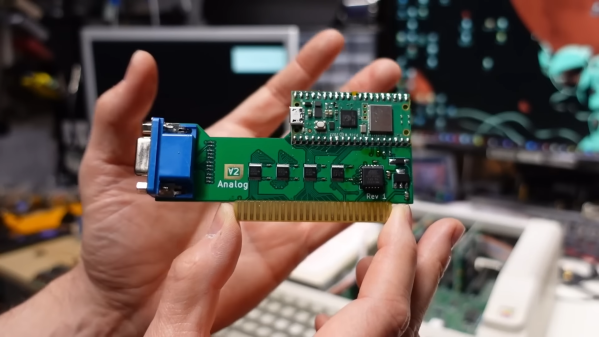Up first this week is a report from vpnMentor, covering the unsecured database backing a set of dating apps, including 419 Dating. The report is a bit light on the technical details, like what sort of database this was, or how exactly it was accessed. But the result is 2.3 million exposed records, containing email address, photos — sometimes explicit, and more. Apparently also exposed were server backups and logs.
The good news here is that once [Jeremiah Fowler] discovered the database door unlocked and hanging open, he made a disclosure, and the database was secured. We can only hope that it wasn’t discovered by any bad actors in the meantime. The app has now disappeared from the Google Play store, and had just a bit of a sketchy air about it.
WooCommerce Under Siege
Back in March, CVE-2023-28121 was fixed in the WooCommerce plugin for WordPress. The issue here is an authentication bypass that allows an unauthenticated user to commandeer other user accounts.
Within a few months, working exploits had been derived from the details of the patch plugging the hole. It wasn’t hard. A function for determining the current user was explicitly trusting the contents of the X-WCPAY-PLATFORM-CHECKOUT-USER request header. Set that value in a request sent to the server, and ding, you’re administrator.
And now the cows are coming home to roost. Active exploitation started in earnest on July 14, and the folks at Wordfence clocked a staggering 1.3 million exploitation attempts on the 16th. What’s particularly interesting is that the Wordfence data gathering system saw a huge increase in requests for the readme.txt file that indicates the presence of the WooCommerce plugin on a WordPress site. These requests were observed before the attacks got started, making for an interesting early warning system. Continue reading “This Week In Security: Dating App, WooCommerce, And OpenSSH” →



















